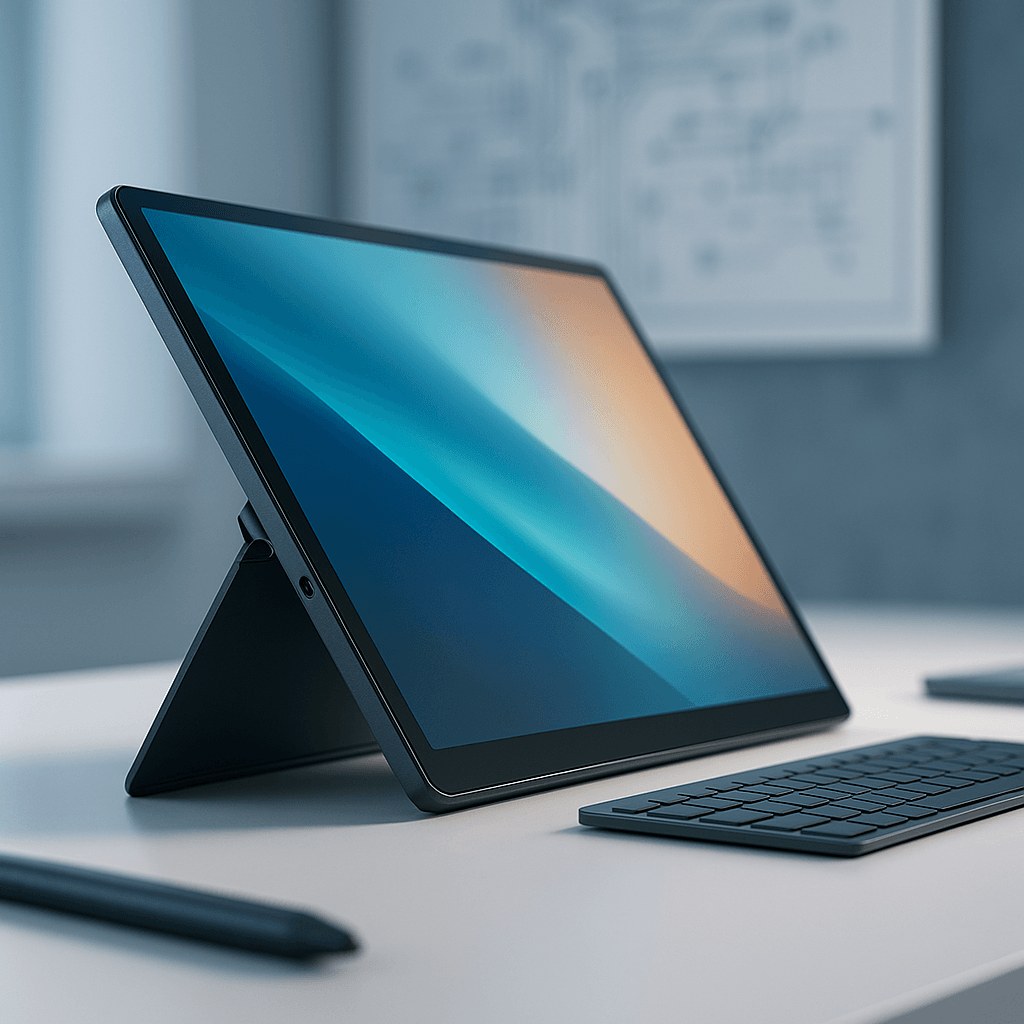Samsung is breaking new ground with The Movingstyle, a portable touchscreen that combines mobile device portability with TV viewing quality. In an exclusive interview with Samsung Newsroom, engineers Seokmin Baek and Michael Kim reveal how they pioneered an entirely new display category by integrating circuit boards directly into the kickstand hinge - a complex engineering feat that most competitors avoided.
Samsung just pulled back the curtain on one of its most ambitious engineering projects. The Movingstyle portable touchscreen isn't just another display - it's the product of a complete reimagining of what screens can be, according to the engineers who built it.
Seokmin Baek from Samsung's Product Planning Group and Michael Kim from the Enterprise R&D Lab sat down with Samsung Newsroom to reveal the technical challenges behind creating an entirely new product category. What emerges is a story of engineering ambition that required throwing out conventional approaches.
"We had to redefine everything - from planning and development to manufacturing - to deliver a completely new user experience," Kim explained. The team didn't just build a portable screen; they had to establish new industry standards because none existed for this type of device.
The breakthrough came from Samsung's cross-divisional collaboration. "The Movingstyle was born from close collaboration across our TV, monitor and mobile teams, achieving a higher level of perfection by bringing together the best technologies from each field," Kim said. The result combines the portability of a mobile device, the accuracy of a monitor, and the immersive viewing experience of a TV.
But the real engineering magic happens in the kickstand. While it looks simple, the component hides complex circuitry that most manufacturers would avoid. "After much consideration, we adopted a circuit-integrated design for the hinge structure that allows the stand to fold," Kim revealed. "There's a sturdy hinge, and housed inside it are the cables, power management circuit and other parts."
This wasn't the easy path. Samsung could have used an independent standard hinge installed separately from components like the battery and circuit board - an approach that's "far easier to develop and manufacture but significantly less durable." Instead, they chose to integrate everything into a single module, requiring a more complex design and manufacturing process.
The decision reflects Samsung's broader strategy of pushing boundaries rather than taking shortcuts. From The Sero's pivoting screen to The Freestyle projector, the company has been steadily expanding portable viewing capabilities. "We identified the demand for a seamless viewing experience that lets users instantly open a screen wherever they want," Baek noted.












